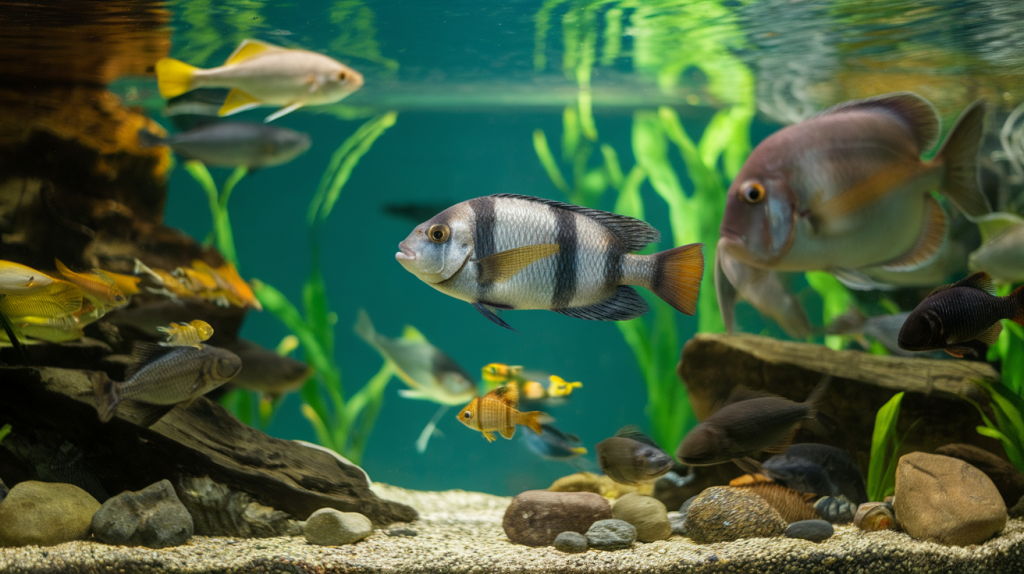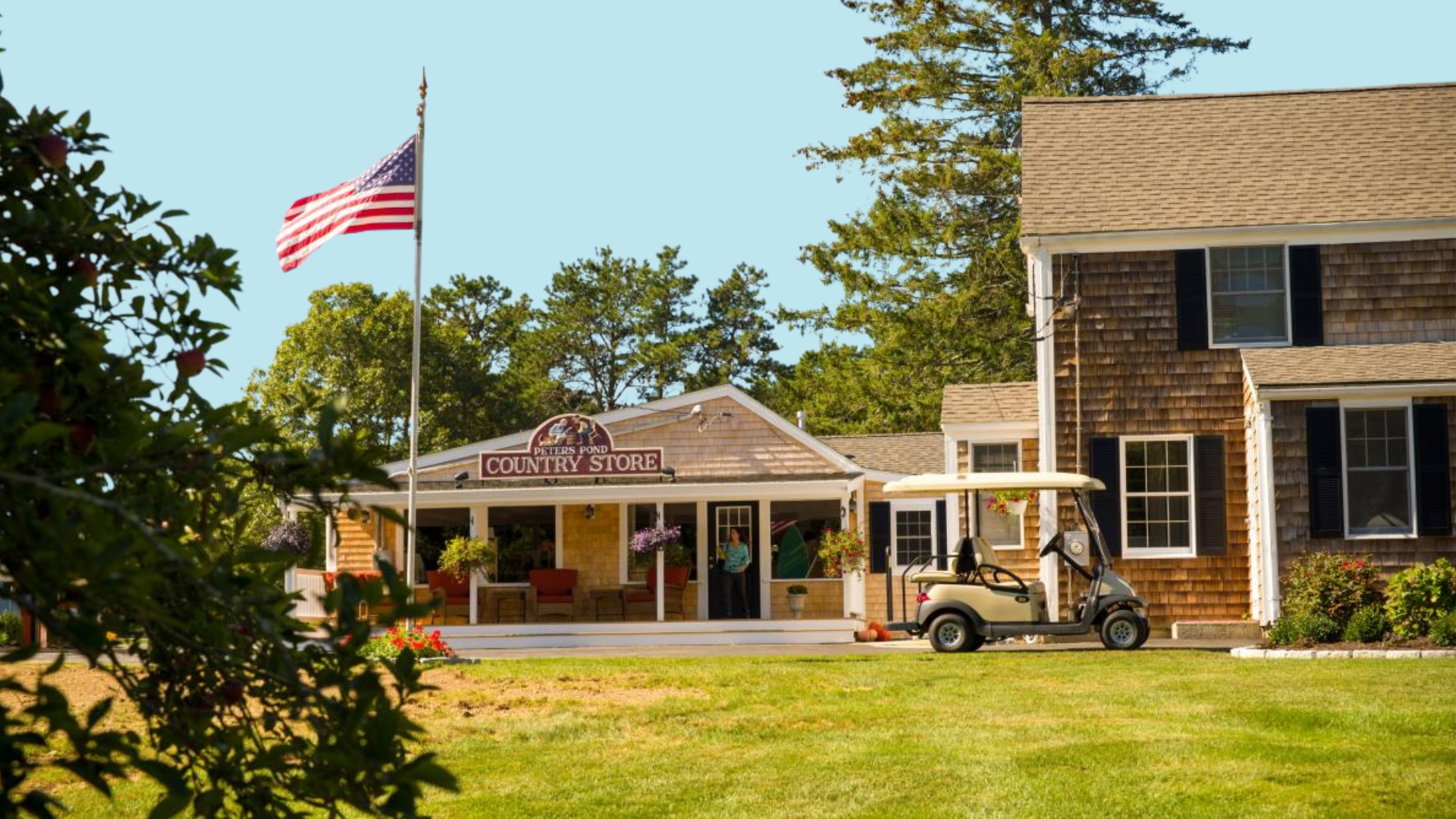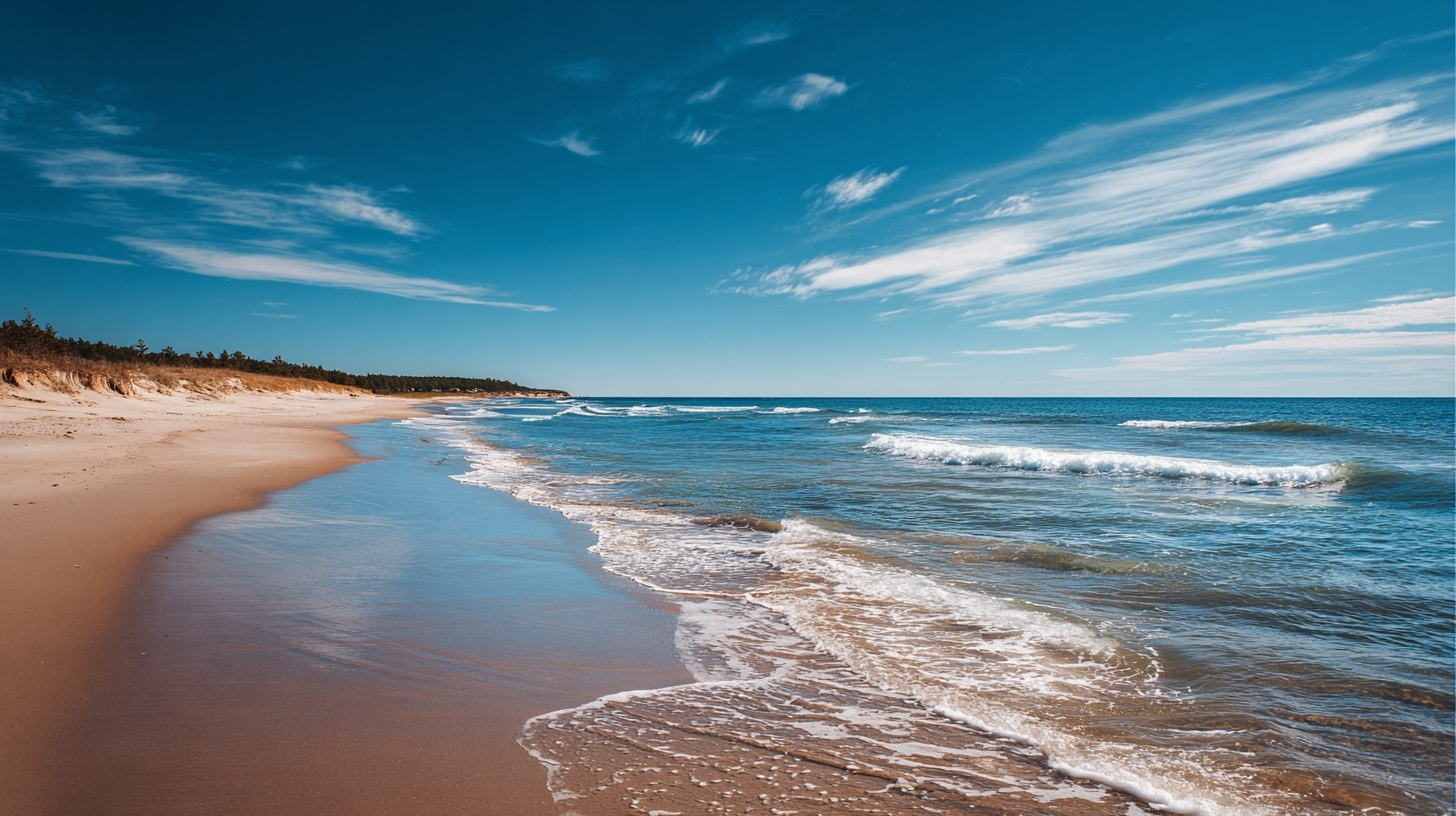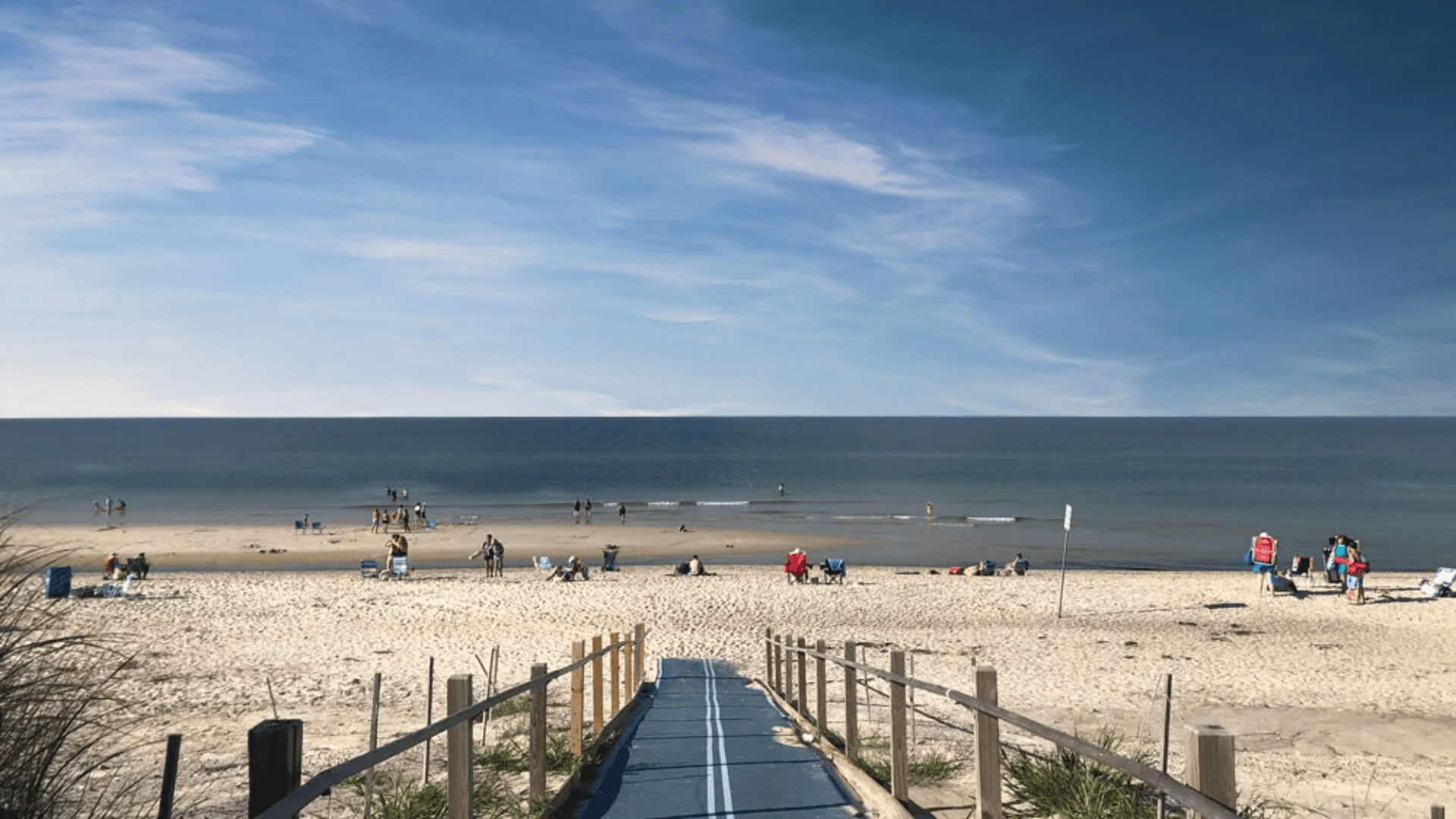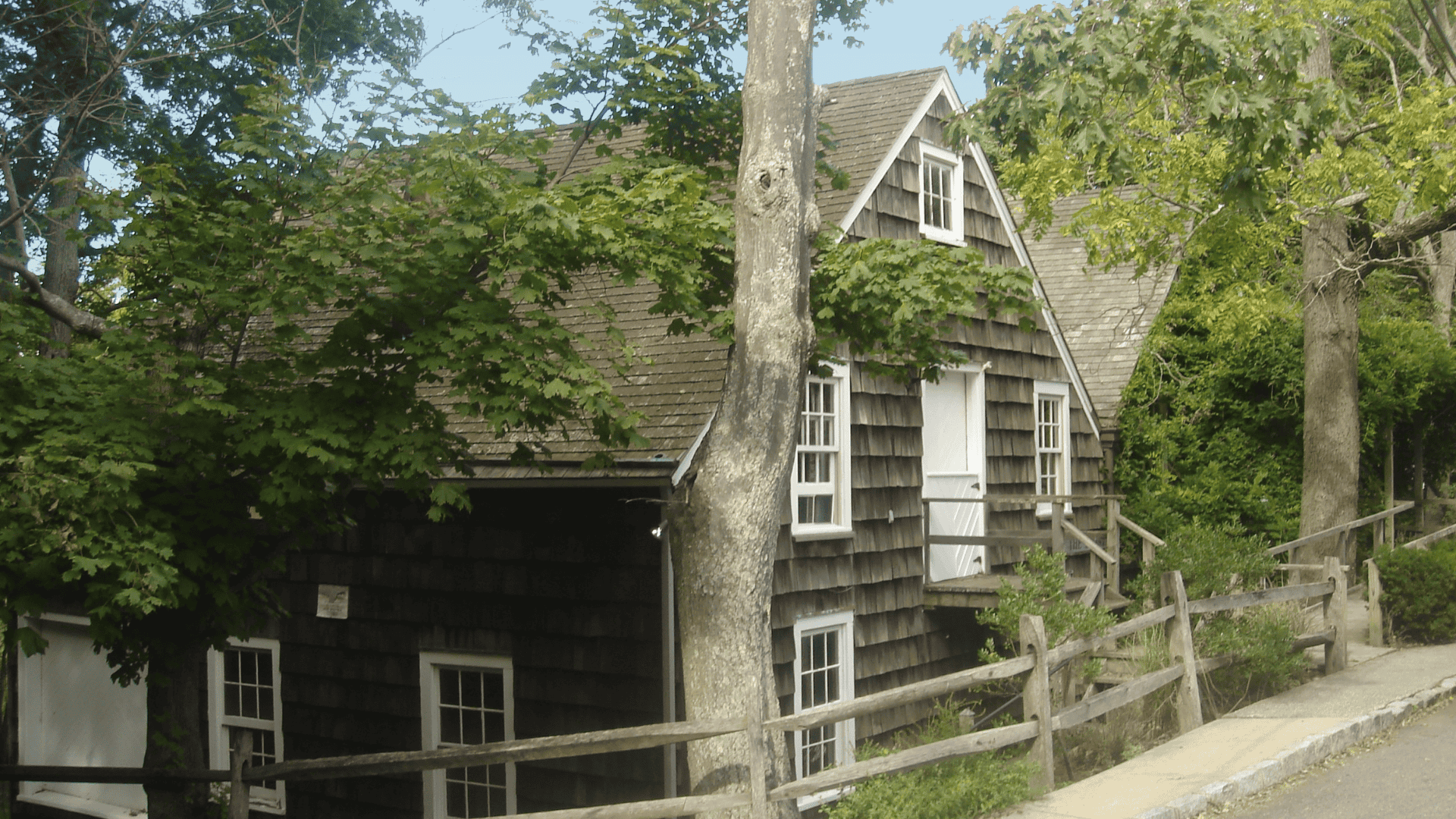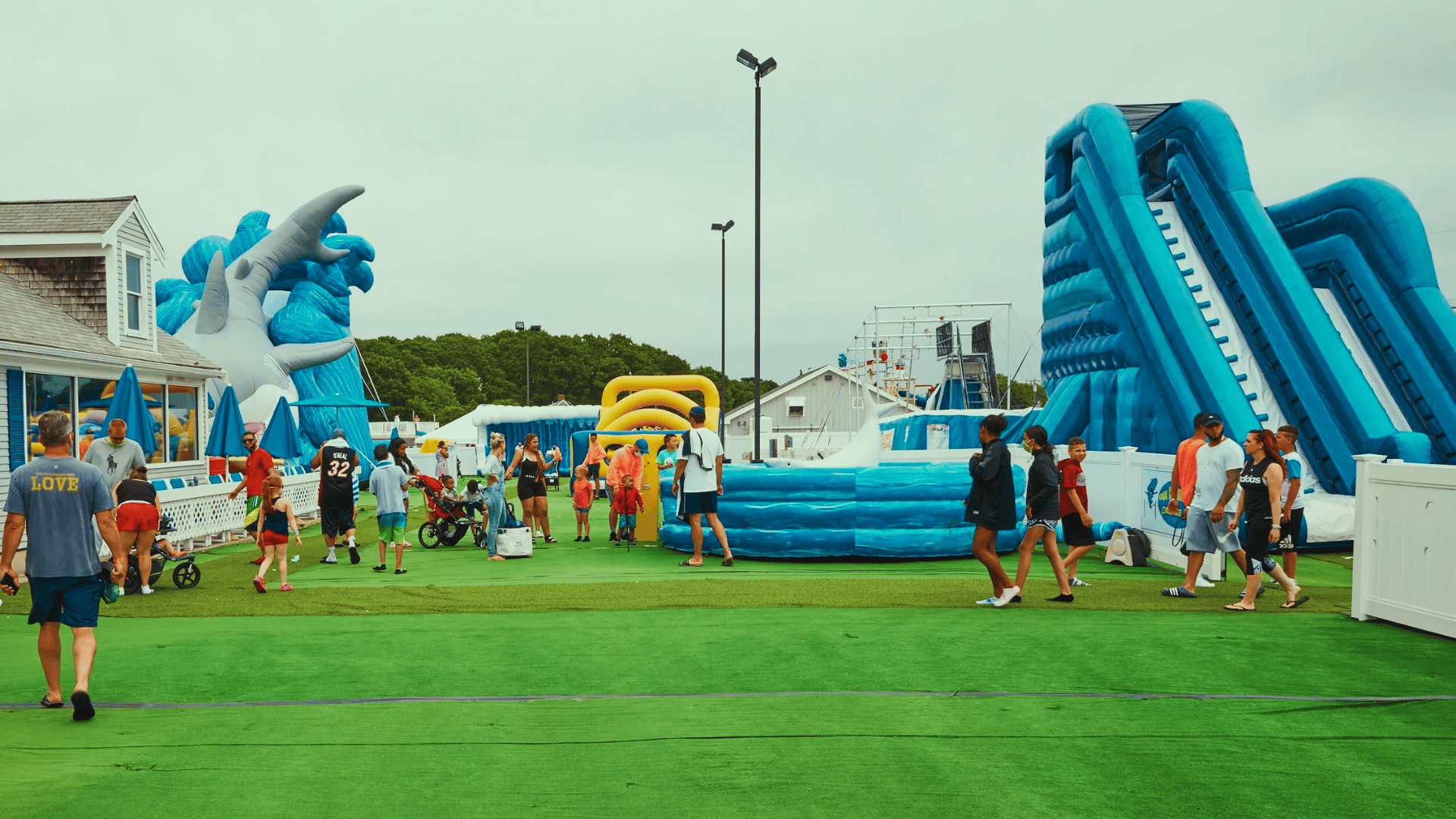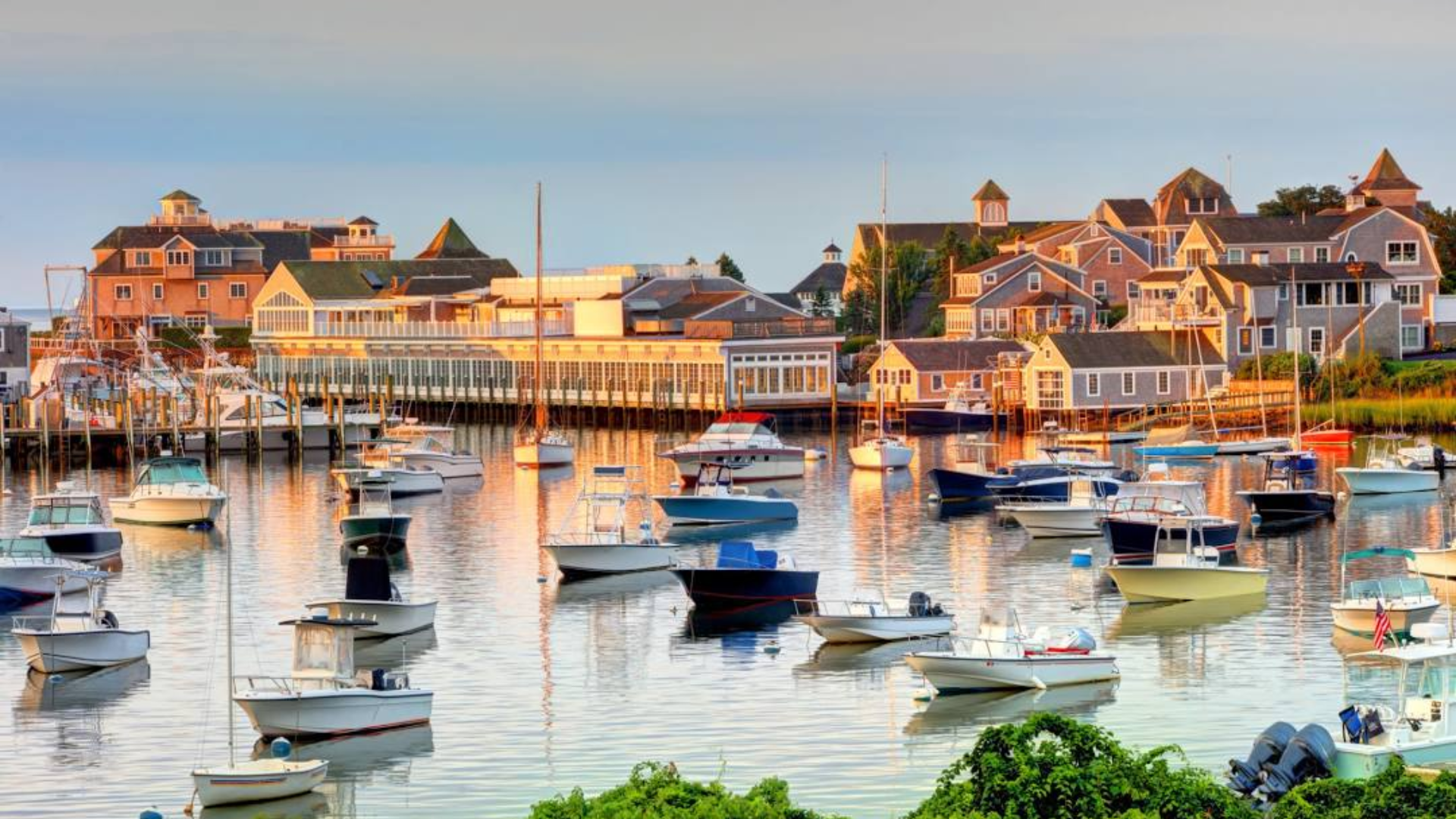Most Cape Cod aquarium experiences cost $30+ per person, feature flashy tropical fish that have nothing to do with local waters, and leave you feeling like you’ve been through a tourist assembly line.
But what if you could explore America’s oldest public aquarium, meet actual harbor seals up close, and touch live sea creatures – all without spending a dime?
The Woods Hole Aquarium offers exactly this experience.
This small but remarkable facility has been educating visitors about local marine life since 1875, making it older than the Statue of Liberty.
This guide reveals everything you need for the perfect visit, from timing your trip around seal feeding sessions to finding the hidden touch tanks that kids (and adults) can’t resist.
Get ready to find out why this free attraction beats every expensive aquarium on the East Coast.
Woods Hole Aquarium: Essential Visit Details
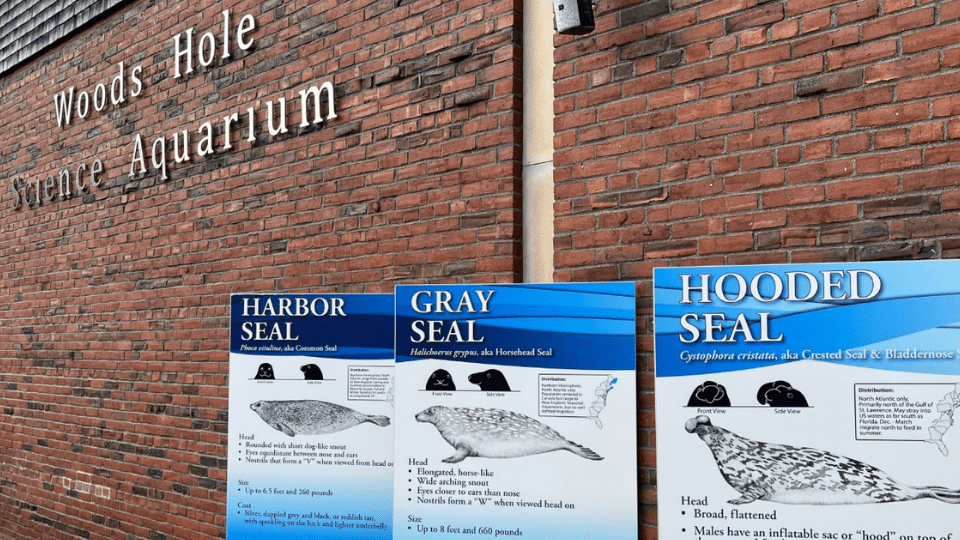
Image source: coast2coastwithkids.com
| DETAILS | INFORMATION |
|---|---|
| Address | 166 Water Street, Woods Hole, MA 02543 |
| Hours | Tuesday-Saturday, 11 AM-4 PM |
| Closed | Sundays, Mondays, Federal Holidays |
| Admission | FREE (donations welcome) |
| Established | 1875 – America’s oldest public aquarium |
| Owner | NOAA Fisheries |
| Parking | Limited free spots, metered street parking |
| Special Features | Live seals, touch tanks, 80+ local species |
| Contact | General: (508) 495-2001, Groups: (508) 495-2267 |
Woods Hole Aquarium: Best Visiting Times
Tuesday-Saturday, 11 AM-4 PM: The only times you can visit, since the aquarium closes Sundays, Mondays, and federal holidays.
Seal Feeding Times: Plan around the 11 AM and 3:30 PM Q&A sessions. These interactive presentations provide the most engaging experiences for all ages.
Weekday Mornings: Fewer crowds mean more personal attention from staff members who genuinely love sharing their knowledge.
School Year vs. Summer: Summer brings more families but also more energy and questions. School year visits offer quieter exploration but still plenty of activity.
Weather Considerations: Indoor exhibits work perfectly for rainy days. The seal habitat is partially covered, so light rain doesn’t stop outdoor viewing.
What Makes the Woods Hole Aquarium Special?
Forget everything you think you know about aquariums. This place operates on a completely different level.
1. It’s Actually Free: Zero admission cost. No hidden fees. No pressure to buy overpriced souvenirs. Just marine science education at its finest.
2. Real Local Marine Life: Every creature here comes from Northeast and Mid-Atlantic waters. These are the animals you might actually encounter while swimming or fishing on Cape Cod.
3. Live Harbor Seals: The outdoor 17,000-gallon seal habitat lets you watch these playful mammals up close. Daily Q&A sessions at 11 AM and 3:30 PM reveal fascinating details about seal behavior and conservation.
4. Hands-On Learning: Touch tanks on the upper level let you feel fish, crabs, sea stars, shells, and even shark egg cases. Staff members encourage interaction and answer questions.
5. Behind-the-Scenes Access: Unlike commercial aquariums, this research facility sometimes offers glimpses into actual marine science work happening behind the exhibits.
Woods Hole Aquarium: History Since 1875
Long before SeaWorld existed, Spencer Baird and the U.S. Fish Commission created something remarkable in Woods Hole.
In 1875 (some sources say 1885), they established America’s first public aquarium with a simple mission: help people understand local marine ecosystems.
Hurricane Carol demolished the original building in 1954.
The community rallied to rebuild, and the current facility opened in 1961 on Water Street.
This wasn’t just about replacing a building – it was about preserving a national treasure.
The Woods Hole Aquarium has partnered with the Marine Biological Laboratory for decades, combining cutting-edge research with public education.
Scientists working here have contributed to major breakthroughs in marine biology, fisheries management, and ocean conservation.
Today, over 10,000 children visit annually through school programs.
Countless families have created lasting memories while learning about the ocean ecosystem right outside their door.
What Visitors Love about Woods Hole Aquarium?
Children who were initially afraid of ocean creatures suddenly become fascinated and want to learn everything about sea stars, hermit crabs, and other marine life they can safely touch in the interactive tanks.
Harbor seals display their natural swimming, playing, and intelligent behaviors that surprise and captivate audiences during the daily presentations and free viewing times.
Kids who love learning about bones and anatomy get excited seeing real whale skulls and specimens that teach them about marine life better than any textbook or picture.
Families can hear actual humpback whale songs through interactive sound displays that create memorable experiences children remember and talk about for years.
Parents feel relaxed knowing the completely free admission means they can enjoy learning alongside their children without calculating costs or feeling rushed to get their money’s worth.
Staff members provide personal attention and detailed answers to questions since smaller crowds allow for genuine educational conversations about local marine ecosystems.
Woods Hole Aquarium: Visit Planning Essentials
Parking: Free spots fill fast. Use metered street parking on Water Street. Ask about meter validation at entrance.
What to Bring: Comfortable shoes for two levels. Cameras allowed in most areas. Hand sanitizer provided after touch tanks.
Accessibility: Wheelchairs welcome on first floor and seal area. Ramp leads to second floor. No strollers inside due to narrow spaces.
Time Needed: Plan 1-2 hours. Families with young kids often stay longer for interactive exhibits.
Extra Tip: Print activity sheets from website beforehand to keep children engaged during the visit.
Why Woods Hole Aquarium Experience Worth Visiting?
Most tourists spend hundreds of dollars on flashy attractions that teach nothing about the local environment.
They miss this incredible resource that’s been educating visitors for nearly 150 years.
This isn’t just another tourist stop.
It’s a working research facility where real marine scientists conduct important conservation work.
Your visit supports ongoing efforts to understand and protect the ocean ecosystems that make Cape Cod special.
The harbor seals alone justify the trip.
These rescued and rehabilitated animals serve as ambassadors for marine conservation while demonstrating the intelligence and adaptability of local wildlife.
NOAA Fisheries operates this facility as a public service, not a profit center.
Every dollar donated and every visitor engaged advances marine science education and conservation awareness.
The Bottom Line
Check the official NOAA Fisheries Woods Hole Science Aquarium website for current hours, special events, and educational resources.
Summer visitors should plan around the 11 AM and 3:30 PM seal presentations for the best experience.
Your Cape Cod trip deserves better than overpriced tourist traps that teach nothing about local marine life.
The Woods Hole Aquarium offers authentic education, meaningful conservation messages, and memorable experiences that create lifelong ocean advocates.
Visit today and prepare to be amazed by what you can learn when profit isn’t the primary motive.
You’ll leave with a deeper appreciation for Cape Cod’s marine environment and memories that last far beyond your vacation.
Frequently Asked Questions
Is This Really Completely Free?
Yes! No admission charge, no hidden fees. Donations are welcome and support educational programs, but there’s absolutely no pressure to contribute.
How Long Should We Plan to Stay?
Most families spend 1-2 hours, but you could easily stay longer if the kids get engaged with the touch tanks and seal watching. There’s no time limit or pressure to leave.
What Makes This Different from Big Commercial Aquariums?
This focuses entirely on local marine life you might actually encounter on Cape Cod. It’s educational rather than entertainment-focused, with real scientists conducting actual research.
Can We Touch the Marine Animals?
Yes, in designated touch tank areas with staff supervision. Kids can safely handle sea stars, hermit crabs, and other hardy species while learning about their biology.
What if We Have Very Young Children?
Perfect for toddlers and preschoolers. The free admission removes budget pressure, exhibits are at child-friendly heights, and staff members welcome questions from curious young minds.


